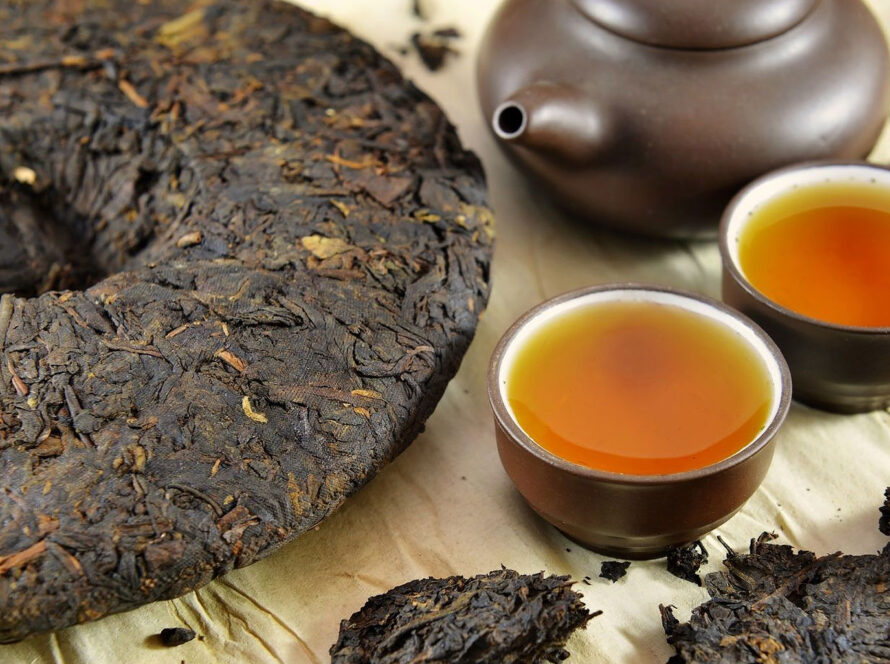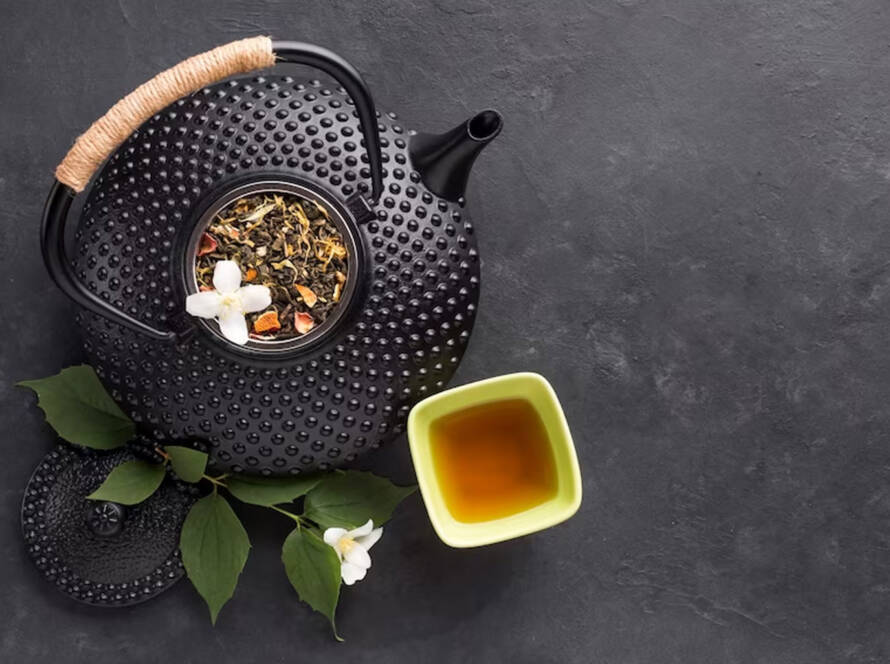Darjeeling tea is a well-known variety of tea that is exported all over the world. It grows in the Darjeeling region of West Bengal, India. Darjeeling tea is unique in that its leaves can be processed in a variety of ways, resulting in black, green, white or oolong tea.
Fast Facts
- Origin: Darjeeling District,
- West Bengal, India
- Alternative names: champagne teas
- Temperature: 90-96°C
- Caffeine: about 50 mg of caffeine per 250 ml cup; may vary depending on the degree of brewing.
What is Darjeeling Tea?
Darjeeling tea is made from the Chinese tea plant Camellia sinensis. It is a thin, light-colored tea with a floral aroma. The tea plant, like most plants, goes through periods of growth and periods of dormancy. Each outbreak is a period that begins when new leaves grow on the tea plant and ends when those leaves are harvested. Darjeeling tea has three main aging periods. The first outbreak occurs from mid-March to May, the second from June to mid-August, and the third (also known as the autumn outbreak) from October to November.
There are also two intermediate periods. An intermediate outbreak is the two weeks between the first and second outbreaks. Rains/monsoons occur between the second and third periods in September.
Since this is all based on weather conditions, the time periods are not fixed and depend on both the weather in Darjeeling and the specific location of the estate. Pre-expected excess rainfall can shorten the second flush period while extending the duration of the rain flush by several weeks, and vice versa.
Different washes give different results in taste, color and aroma. During the fermentation of tea, flavonols contained in tea leaves combine with atmospheric oxygen. It is this process that makes it possible to distinguish varieties of black, oolong and green tea. Darjeeling black tea is fully fermented, oolongs are semi-fermented, and Darjeeling green tea is not fermented at all.
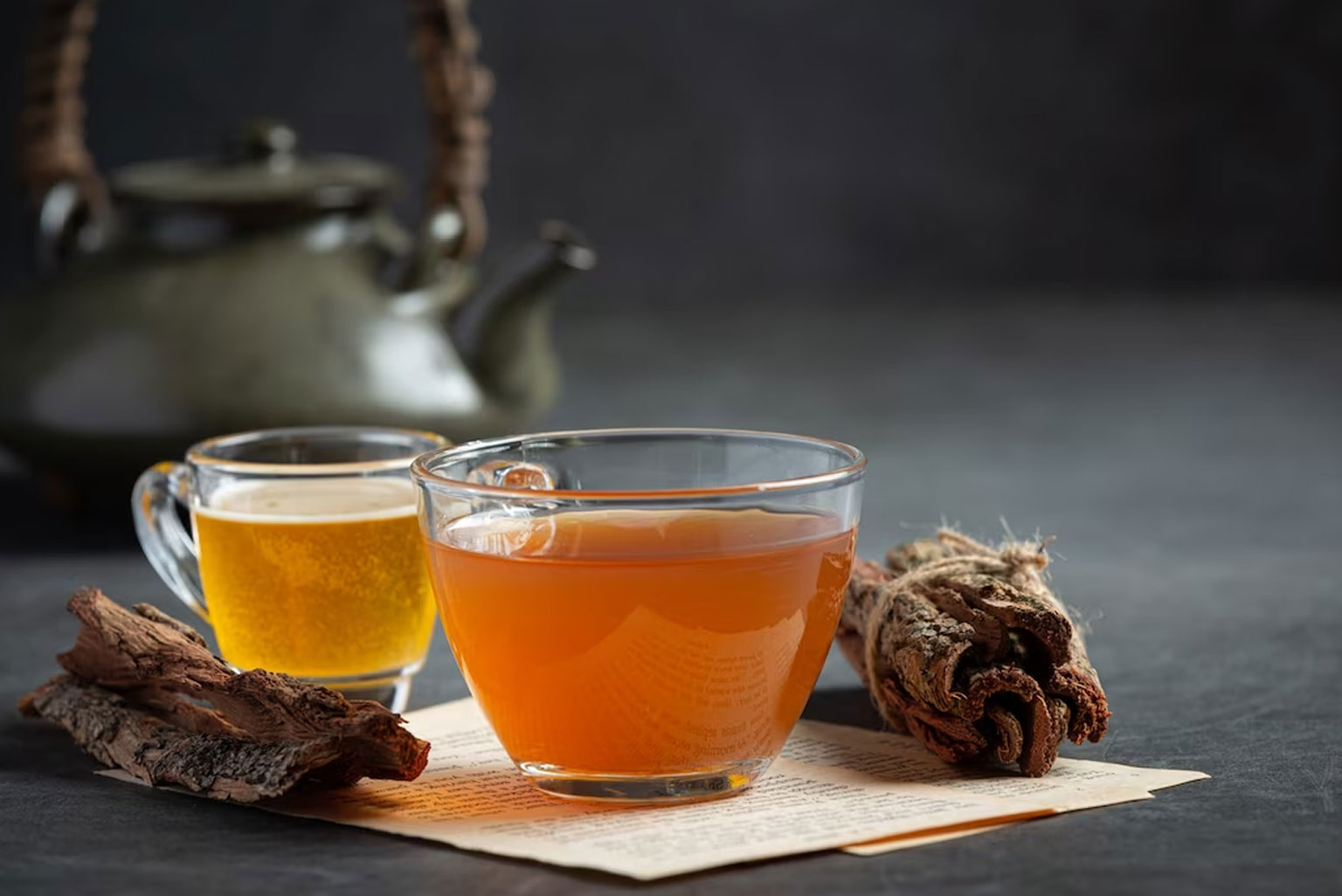
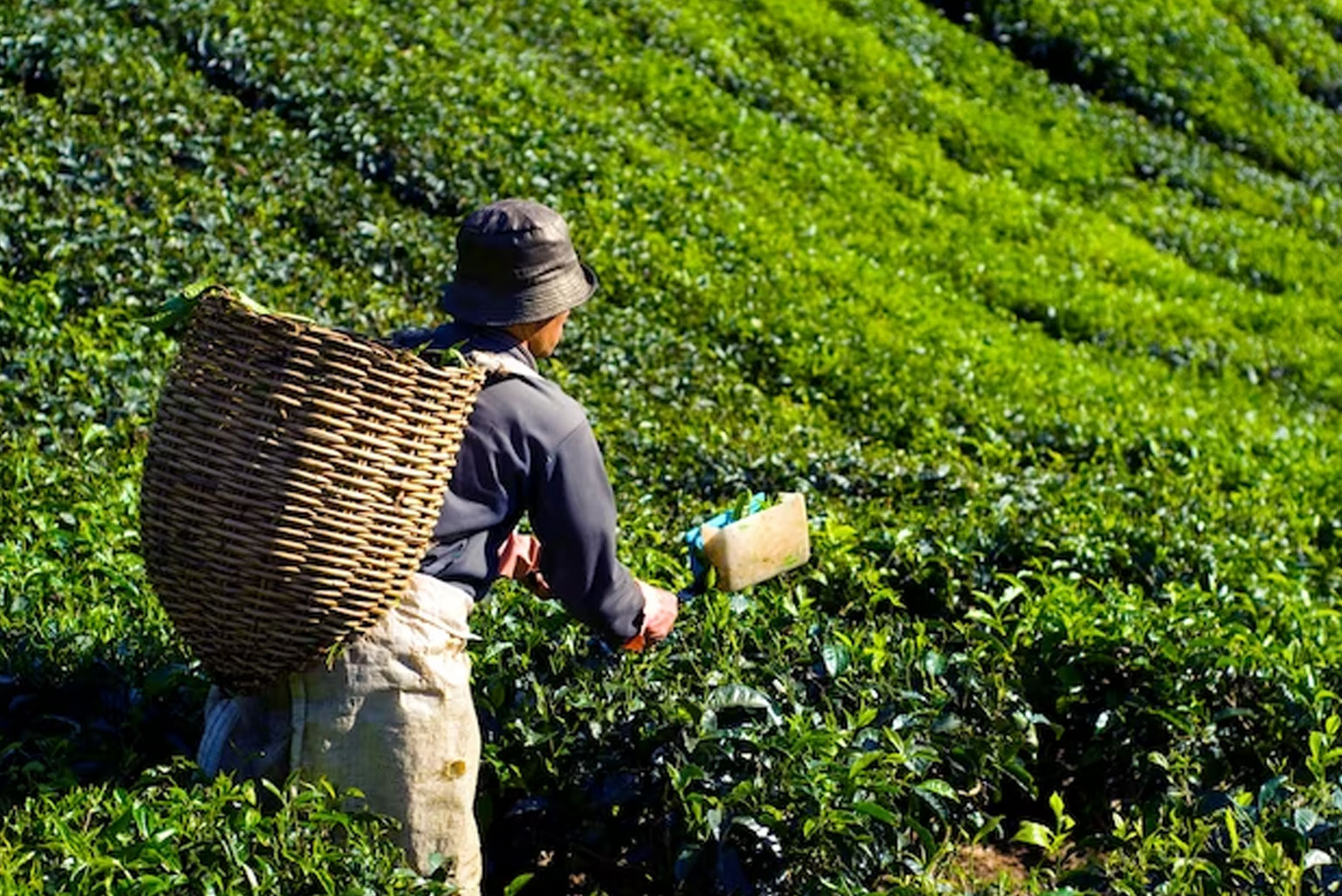
Use
Darjeeling tea is best drunk in the middle of the morning or early afternoon. It contains some caffeine, so it should be avoided late in the evening or at night (and for people with caffeine sensitivities, earlier). If you have a sensitive stomach, avoid drinking Darjeeling tea on an empty stomach.
How to drink Darjeeling tea
Add 1 teaspoon of high quality loose Darjeeling tea to a warmed teapot. Boil the water and then let it cool for a minute or two. Pour the tea with water and steep for three minutes. Purists drink Darjeeling tea without milk, sugar or lemon. Add what you like best.
Caffeine content in Darjeeling tea
The caffeine content of Darjeeling tea can vary depending on the brew. It can contain about 50 milligrams of caffeine per 250 ml cup. This is higher than in green tea, but lower than in Assam black tea. It has a low level of acidity, especially when compared to black tea or coffee.
Purchase and storage
Darjeeling tea can be purchased loose or in tea bags at the best grocery stores, coffee/tea stores or online. Darjeeling teas are very fragrant, but they lose their flavor when exposed to air for a long time. They are particularly sensitive to damp, damp air, direct sunlight, heat, and strong odors, so it’s best to store your tea in an airtight container in a dark closet. The tea is best consumed within two years of harvest.
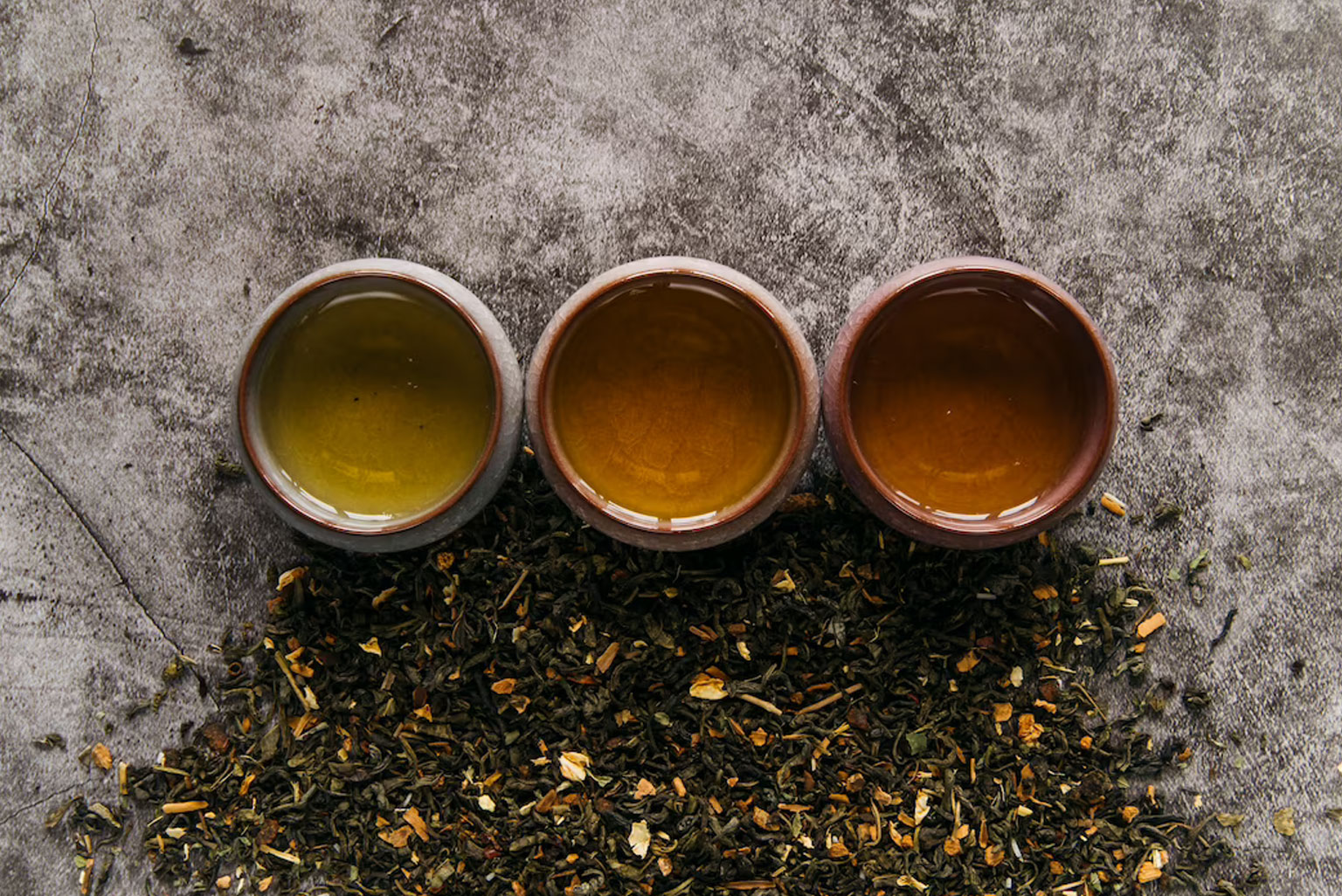
Views of Darjeeling
Three main and two additional assemblies produce different types of Darjeeling tea.
- First Harvest Darjeeling Tea: The first tea harvested in spring after dormancy. The color of the tea is light and transparent. The tea leaves have a bright and distinct floral aroma. Because of its freshness and color, first-harvest teas are usually more expensive than other teas.
- Second Harvest Darjeeling Tea: It has a dark, amber color and a strong aroma, especially unlike first harvest teas. The tea leaves are purplish in color and may have a fruity flavor. Many in the tea world compare the taste of the second harvest to Muscat grapes. The distinctive flavor comes from a combination of unique weather conditions, terrain, and plant types. Some connoisseurs of tea prefer the second grade because of this unique taste.
- Third Harvest Darjeeling Tea: This tea produces a dark or copper-colored tea when brewed. The leaves of the autumn Darjeeling are larger than the leaves of other seasons. Prices for this variety are usually slightly lower than for first and second flush teas.
- Intermediate Tea: This tea usually has the same characteristics as the tea of the first harvest, but its quality is often slightly lower.
- Monsoon tea: This tea is more oxidized and sold at lower prices. It is commonly used to make masala chai. Tea between flush and monsoon flush is rarely exported.
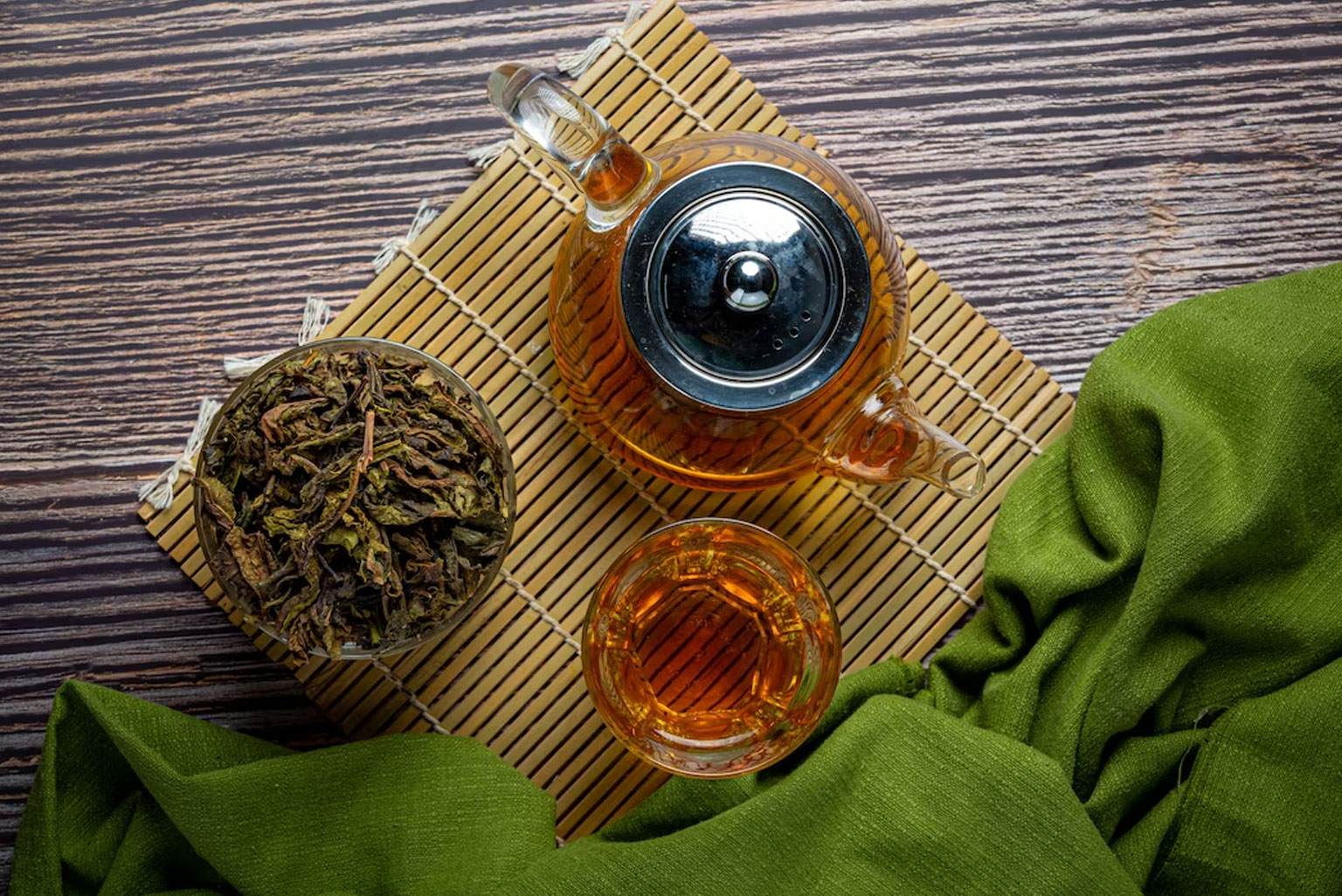

It should be remembered that in addition to flushes, Darjeeling tea is evaluated according to a gradation system. Tea is judged by the size and quality of the tea leaves. Tea leaves are divided into four categories: whole tea leaves, broken leaves, sawdust and dust. Whole leaves are the highest grade, dust is the lowest. Maggots are small particles of leaves that are used in tea bags, while tea dust is essentially the waste left over from tea leaves.


